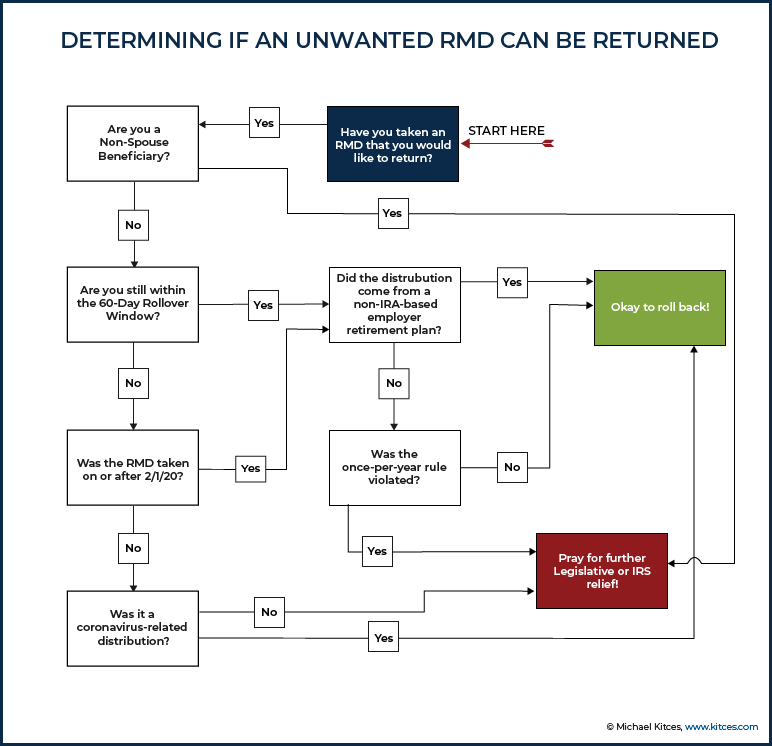https://www.sec.gov/Archives/edgar/data/831114/000139834420010669/fp0053971_497.htm497 1 fp0053971_497.htm
THE RBB FUND, INC.
Schneider Small Cap Value Fund
(the “Fund”)
_____________________________________________________________________________________
Supplement dated May 15,
2020to the Prospectus and Statement of Additional Information,
each dated December 31, 2019
_____________________________________________________________________________________
At a meeting held on May 13-14,
2020, the Board of Directors (the “Board”) of The RBB Fund, Inc. (the “Company”), based upon the recommendation of Schneider
Capital Management Company, the investment adviser to the Fund (the “Adviser”), approved a Plan of Liquidation and Termination for the Fund (the “Plan”). The Board concluded that it is in the best interest of the Fund and its shareholders that the Fund be closed and liquidated as a series of the Company effective as of the close of business on July 15,
2020.
The Adviser has determined to waive any applicable redemption fees for shares of the Fund redeemed on or after May 15,
2020.
Effective as of the close of business on May 25,
2020, in anticipation of the liquidation, the Fund will no longer accept purchases into the Fund. In addition, the Adviser is in the process of transitioning the Fund’s portfolio securities to cash and/or cash equivalents and the Fund will no longer be pursuing its stated investment objective.
Shareholders of the Fund may redeem their investments as described in the Fund’s Prospectus. The redemption of shares will generally be considered a taxable event.
If you hold shares of the Fund in an IRA account, you have 60 days from the date you receive your proceeds from the liquidation of the Fund (the “Proceeds”) to reinvest or “rollover” your Proceeds into another IRA and maintain their tax-deferred status. You must notify the Fund’s transfer agent by telephone at 1-888-520-3277 (toll free) prior to July 15,
2020, of your intent to rollover your IRA account to avoid withholding deductions from your Proceeds.
Pursuant to the Plan, if the Fund has not received your redemption request or other instruction prior to July 15,
2020, your shares will be automatically redeemed on July 15,
2020 at the closing net asset value per share, and you will receive your Proceeds from the Fund, subject to any required withholding. These Proceeds will generally be subject to federal and possibly state and local income taxes if the redeemed Fund shares are held in a taxable account, and the Proceeds exceed your adjusted basis in the Fund shares redeemed.
If the redeemed Fund shares are held in a qualified retirement account, such as an IRA, the redemption Proceeds may not be subject to current income taxation. You should consult with your tax advisor on the consequences of this redemption to you.
Shareholder inquiries should be directed to the Fund at 1-888-520-3277 (toll free).
* * * * *
Please retain this supplement for your reference.
(Disclosure: I have small positions in the this fund)
